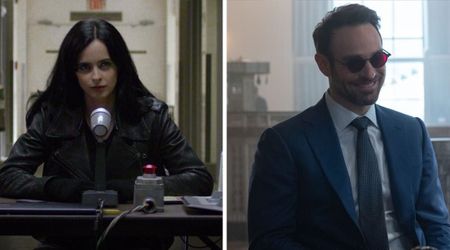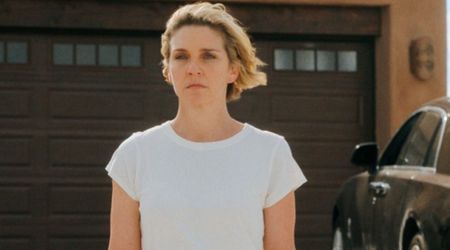'BNA: Brand New Animal' tackles prejudice but its racism metaphor is as problematic as Zootopia's

Spoilers for 'BNA: Brand New Animal' Season 1
Racism is never an easy topic to cover, and while sometimes it's easier to address issues through metaphor, that metaphor can fall apart in harmful ways. Both 'Zootopia' and 'BNA: Brand New Animal' attempt to tackle racism in their own ways - and while both properties are well intentioned, they're both guilty of a harmful stereotype that hurts, rather than helps, the conversation along.
'BNA,' at least, keeps a consistent tone throughout its story. 'Zootopia' began as a cutesy metaphor for racial prejudice through the eyes of the police force's first bunny officer, which then pivoted sharply into a horror film as animals turned feral, with a surreal conspiracy involving prejudice against the city's predator population that aimed for a cutesy ending once again. 'BNA' knows how to mix heavy action with cuteness right from the start, and it keeps that mix consistently balanced throughout the season.
Michiru Kagemori (Sumire Morohoshi) and Shirou Ogami (Yoshimasa Hosoya) represent the show's optimistic adorability and it's darker, more dangerous side in equal measure, operating as two sides of the same coin. The bunny Judy Hopps (Ginnifer Goodwin) and her criminal fox partner Nick Wilde (Jason Bateman), while presenting an obvious contrast, are still firmly on the lighter side of the movie's tone, which is what made the tonal shift so jarring.
Both films use animals to talk about racial prejudice. The significant difference is that in Zootopia, racial stereotypes are spread out amongst various species, with no true oppressive class in force - keeping the metaphor more firmly rooted in themes of prejudice, as opposed to racism. In 'BNA,' the ruling class is clear - humans are the ones in charge of the planet, and they're all in favor of segregation. The beastmen might have a home in Anima City, but the fact remains that it's illegal of them to leave the city - not to mention dangerous. The humans might appear benevolent, but beastmen rights are curtailed at every turn.
Both movies feature their animals going feral. In 'Zootopia,' it's artificially induced by the mayor's assistant to encourage fear against the city's predator population. In 'BNA,' beastmen go wild because of stress, or "mental entropy" that comes with being forced to live together. While it's natural to want to focus on animals going feral - after all, that is the biggest danger when dealing with animals - when used in the context of addressing racial prejudice, it reflects the most harmful stereotype of all.
It implies that oppressed races are, at heart, bestial. It reinforces the ideas that the disenfranchised are dangerous at their very core, and that the right circumstances are needed to let their inner animal out. It paints them as dangerous, and that, ironically, reinforces the negative racial stereotypes that these franchises are trying to combat. Both franchises deal with difficult conversations, and the animal metaphors allow younger audiences to more easily engage with the idea of prejudice - but it is perhaps time for an end to comparing minority cultures to animals.
All episodes of 'BNA: Brand New Animal' are now available to stream on Netflix.










